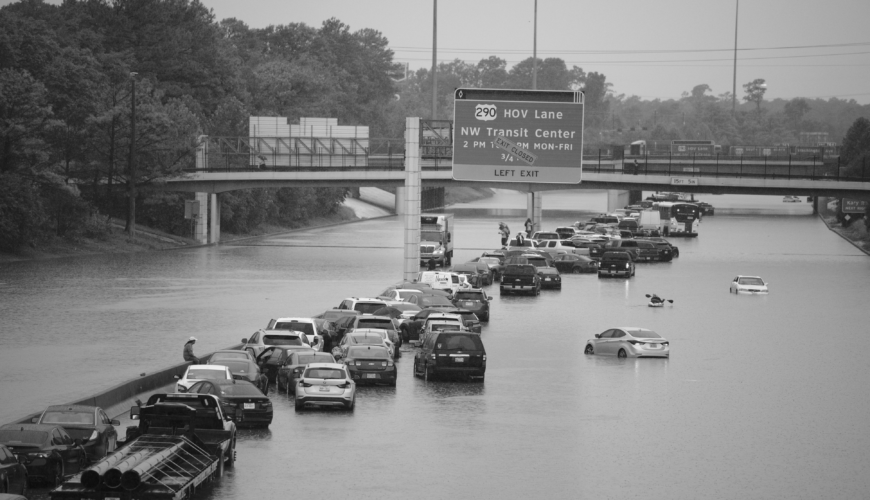Are you taking steps to mitigate supply chain disruptions due to weather events? While no one can predict when tornadoes, earthquakes, floods, or wildfires will hit, we do know they are happening more frequently and with greater intensity as climate change becomes an everyday reality. With that knowledge, you can take steps to decrease your supply chain’s vulnerabilities, even when roads are blocked, ports are closed, or manufacturing is temporarily halted.
To mitigate supply chain disruptions due to weather events, you need to take several steps in advance of the storms—and that doesn’t mean when the forecast comes out. That means now when your operations and circumstances are calm and normal(ish). One of the most basic starting points is mapping out your supply chain from start to finish. Generally, that means having an idea of where your materials originate. Do you source from Asia? Beware of typhoon season and set up backup sourcing if one strikes. Does your transportation partner hail from Texas? Be prepared for potential grid failures thanks to extreme temperatures. Warehouses in south Florida, increasingly the site of flooding and hurricanes? Also, have a backup in mind. All sorts of weather events have the potential to derail your operations, anywhere along the supply chain.
As you map your supply chain, ensure you have visibility tools so that you can see where your products are and when. With robust software and tracking devices, you can have real-time updates on the status of shipments. If you see your products are stuck at a point in the supply chain due to weather events, knowing that is half the battle. Then you can work to find alternate solutions.
It can also be worthwhile to create a risk assessment of your end-to-end supply chain. What locations or steps along the way are particularly vulnerable to weather events? Should you consider making a change to avoid disruption? If you’ve already experienced disruptions—and who hasn’t at this stage in the game—how did your partners manage it? What have they changed to prevent disruptions in the future? All of these are worthy of examination and decision-making.
Once you’ve determined you’re working with the right partners, firm up those relationships and ensure strong collaboration. Learning from each other, integrating software systems, and going after vulnerabilities can make your entire supply chain more resilient. That integration allows all partners to have their eyes on the supply chain—what one partner notices, another might miss, but if you share visibility and predictive analytics results, the odds are one partner can help the next.
Once considered black swan events, climate change, and the severe weather events that go along with it, are here now. The supply chains that will withstand the test of these disruptions—or those that can minimize their impact—will come out on top. Waiting until “later” won’t be enough, nor will burying your head in the sand. Now is the time to drill down, identify your potential risks, and collaborate with partners to find solutions.


